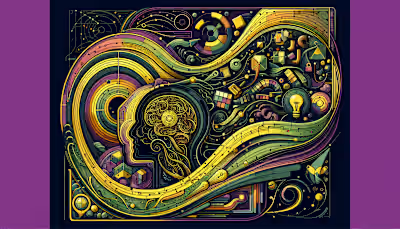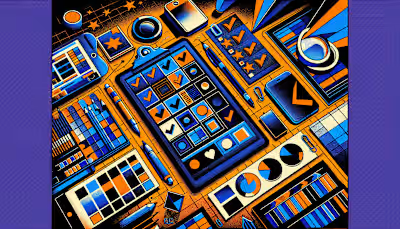Creative Brief Templates: Setting Your Graphic Designer Up for Success

Creative Brief Templates: Setting Your Graphic Designer Up for Success
Why a Creative Brief Matters
5 Steps for an Effective Creative Brief
Step 1: Clarify the Project Goal
Step 2: Understand the Target Audience
Step 3: Specify Deliverables
Step 4: Define Milestones
Step 5: Assign Roles
Key Elements of a Winning Brief
1. Brand Identity Details
2. Audience Persona Highlights
3. Competitive Positioning
Common Pitfalls to Avoid
1. Vague Objectives
2. Overwhelming Feedback Loops
3. Missing Budget Clarity
FAQs About Creative Brief Templates
How often should a creative brief be updated?
Is freelance collaboration different from agency collaboration?
Do I need specialized software to create these briefs?
Bringing Everything Together
Creative Brief Templates: Setting Your Graphic Designer Up for Success
“Good design starts with good direction. The rest is just educated guessing.”
Why a Creative Brief Matters
5 Steps for an Effective Creative Brief
Step 1: Clarify the Project Goal
Step 2: Understand the Target Audience
“Designing for everyone is designing for no one.”
Step 3: Specify Deliverables
Step 4: Define Milestones
Step 5: Assign Roles
Key Elements of a Winning Brief
1. Brand Identity Details
“If the font is Gotham but the vibe is Comic Sans, we’ve got a problem.”
2. Audience Persona Highlights
3. Competitive Positioning
Common Pitfalls to Avoid
1. Vague Objectives
“Vibe-driven briefs tend to end up in the revision spiral.”
2. Overwhelming Feedback Loops
3. Missing Budget Clarity
FAQs About Creative Brief Templates
How often should a creative brief be updated?
“If the brand voice has evolved but the brief still says ‘quirky and fun,’ someone’s going to design a banana with sunglasses again.”
Is freelance collaboration different from agency collaboration?
Do I need specialized software to create these briefs?
Bringing Everything Together
Posted Apr 20, 2025
Creative brief templates help set your graphic designer up for success by outlining goals, audience, deliverables, and project timelines clearly.










